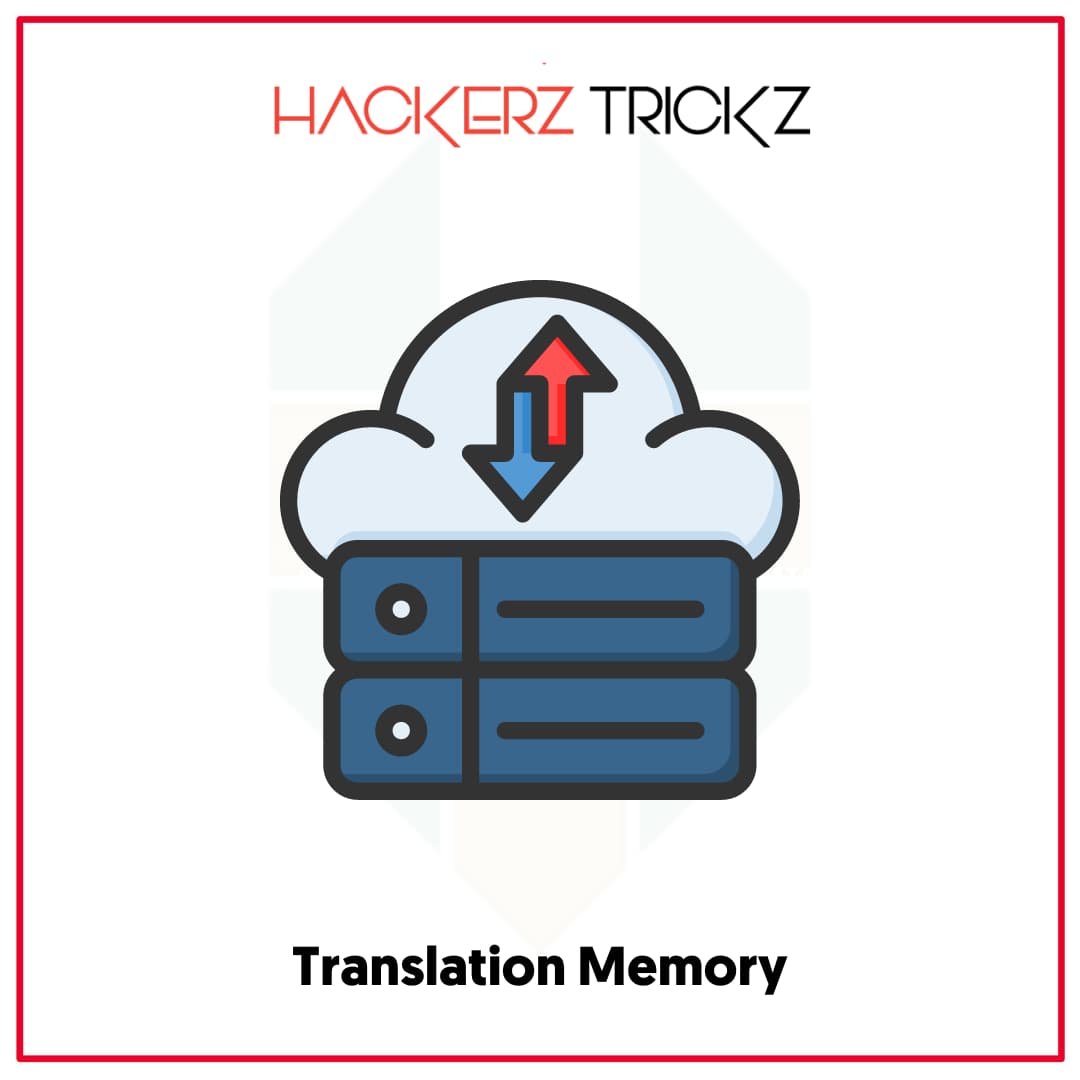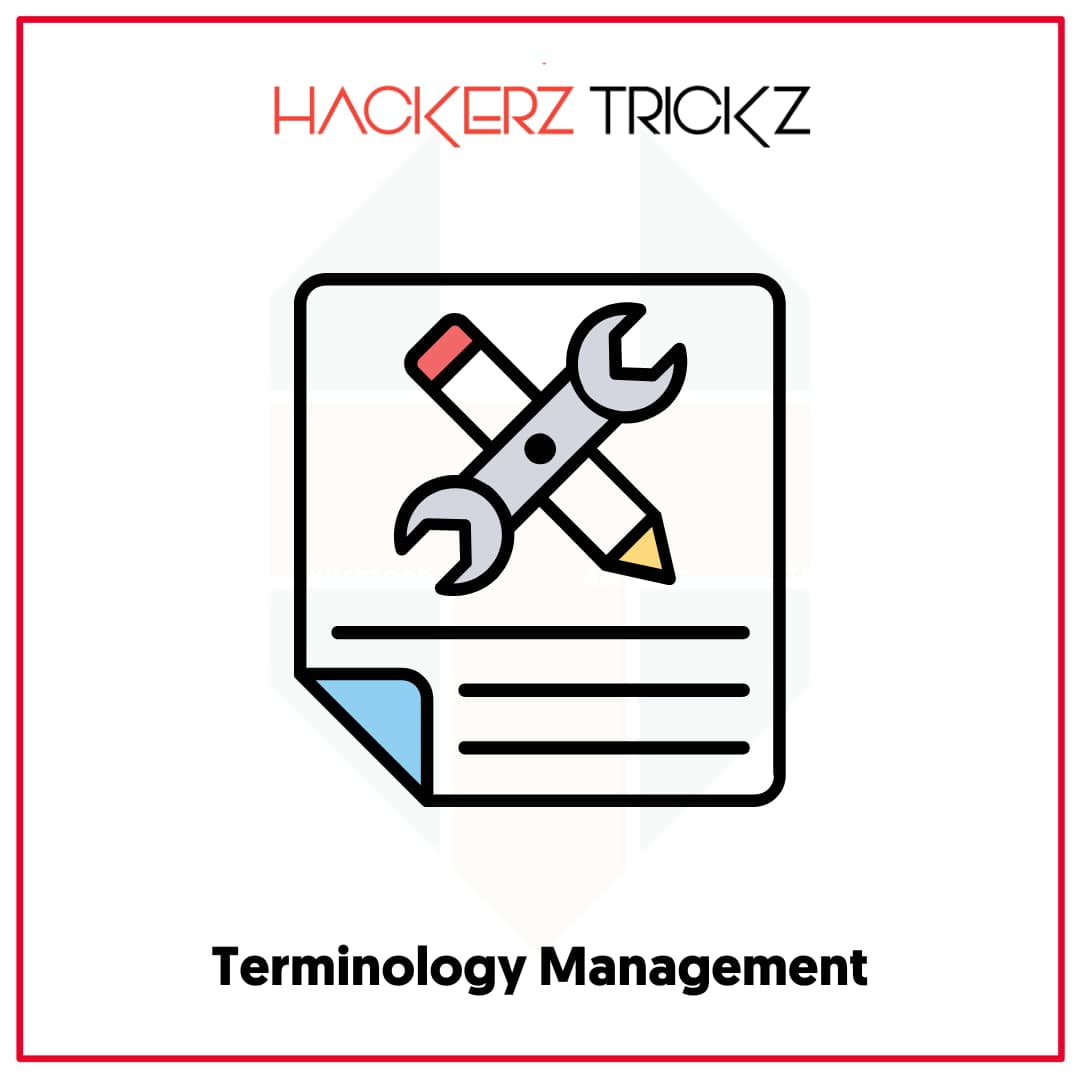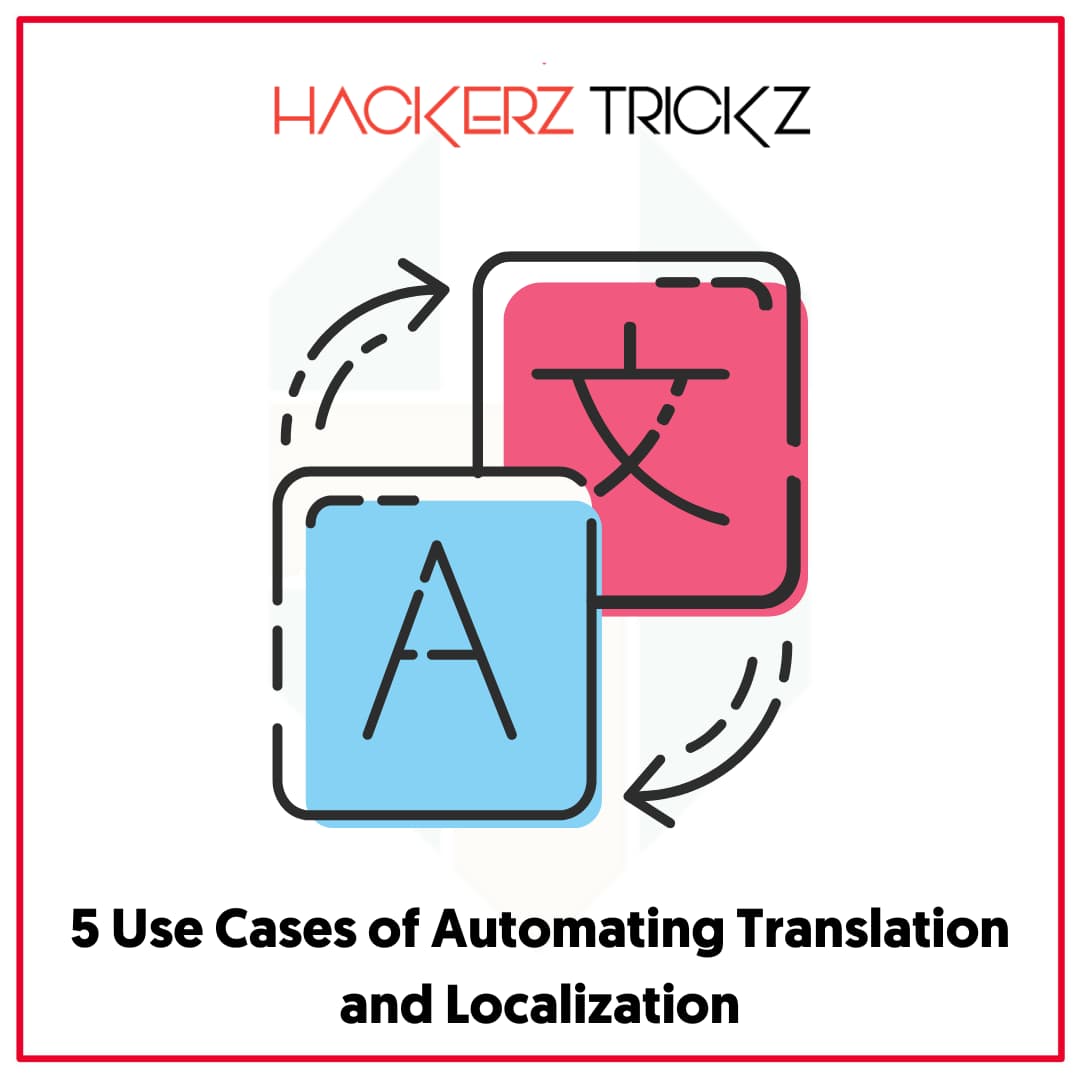Hello friends, Today I’m going to share with you how to Automate Your Translation and Localization Workflow.
In today’s globalized world, translation and localization are crucial for every business that wants to reach international markets. However, it can be time-consuming and expensive to manage these processes manually.
By automating certain tasks in the translation and localization workflow, you can save time, reduce costs, and improve the quality of your translations. Keep reading to learn about the five ways to automate your translation and localization workflow and five use cases where doing so saves the day.

Also Read – Working Free Almost A Hero Accounts: All High Rank Pets
For a limited time, exclusive premium Accounts are being provided for free in our WhatsApp channel. Only 101 slots available, link will be deactivated once the slots are filled. Click here and Join ASAP!
Contents
Translation Memory

Translation memory (TM) is a database that stores previously translated content, allowing you to reuse translations for similar content in the future. This way, you can ensure consistency in your translations and reduce the time and cost of translating repetitive content.
When you translate content, the TMS will automatically store the translation. The next time you encounter similar content, it will suggest the previous translation, allowing you to reuse it and only translate any new content.
Also Read – Working Free Fansly Accounts: With Lifetime Subscription
Terminology Management

Terminology management is the process of managing and maintaining consistent terminology specific to your industry and brand voice across all your translations. This is important if you want to ensure consistency in your brand messaging and avoid misunderstandings.
This process can save time and improve the accuracy of your translations, but only if you use reliable translation management software which includes this feature. With such a tool, you’ll get built-in term bases, which allow you to create and manage terminology lists, and also integrate them with your translation process.
Also Read – Working Free Acorn TV Accounts: With Lifetime Subscription
Content Integration

Automating the integration of content from various sources, such as content management systems (CMS) or version control systems, into the translation workflow can save time and effort. By establishing seamless connectivity between these systems and the translation environment, you can eliminate the need for manual file transfers, copy-pasting, and formatting.
This helps you extract, translate, and reintegrate content into the desired format quickly and accurately.
ALSO READ – WORKING FREE HAY DAY ACCOUNTS: WITH 10000+ DIAMONDS
Quality Assurance

Quality assurance (QA) ensures that the translations are accurate, consistent, and of high quality. However, manually checking every translation can be time-consuming and prone to errors.
Automating your QA process can save time and improve the accuracy of your translations. One way to do this is to use a TMS which offers QA checks such as spell-checking, as well as terminology and style consistency.
ALSO READ – WORKING FREE RUNESCAPE ACCOUNTS: RAREST WITH LOYALTY POINTS
Project Management

Project management is the process of planning, organizing, and controlling the resources, timelines, and budgets of translation projects. It involves coordinating multiple stakeholders, such as translators, editors, and project managers.
Using a TMS to automate your project management can improve the efficiency of your translation projects. Just make sure to opt for a tool that allows you to manage all aspects of your translation projects, from assigning tasks to tracking progress.
ALSO READ – WORKING FREE STUMBLE GUYS ACCOUNTS WITH GEMS AND CROWN
5 Use Cases of Automating Translation and Localization

Businesses often inquire about how they can automate translation processes with confidence. Here are some practical situations showing how you can use automation for translation and localization purposes.
eCommerce
eCommerce businesses operating in multiple markets need to localize their online store, product descriptions, and marketing content to reach a wider audience. By automating their translation and localization workflow, they can quickly and cost-effectively translate large volumes of content, ensuring that their product information is consistent across all markets.
Software and Technology
Companies that develop software and tech products for global markets need to translate user interfaces, product documentation, and support materials. They can ensure that their products are available in multiple languages and that their support materials are accessible to users in all markets by using automated translation and localization workflow processes.
Marketing and Advertising
By automating their translation and localization workflow, marketing teams at growing enterprises, as well as advertising agencies, can ensure that their campaigns are culturally relevant and resonate with audiences across markets.
Legal and Financial Services
Firms that operate in these fields and in multiple countries need to translate legal contracts, financial reports, and other important documents. Automation helps them ensure that their documents are accurately translated and compliant with local regulations.
Healthcare and Life Sciences
Finally, companies in the healthcare and life sciences industry need to translate clinical trial data, product labels, and patient information into multiple languages, which is a highly demanding and error-prone process. Automation helps them ensure that their products and services are accessible to patients and healthcare providers in all markets while reducing the risk of making errors.
ALSO READ – WORKING FREE EFOOTBALL PES ACCOUNTS WITH ALL EPIC PLAYERS
Reap the Benefits of Translation Automation

As you can see, automating your translation and localization workflow can save time, reduce costs, and improve the quality of your translations no matter your industry.
By applying the mentioned processes to your workflow, you can streamline your translation process, reaching your international audience more efficiently.
